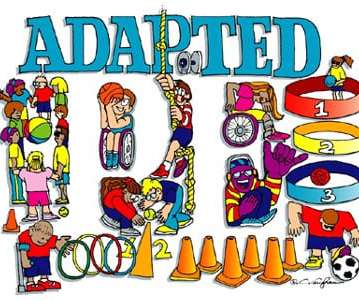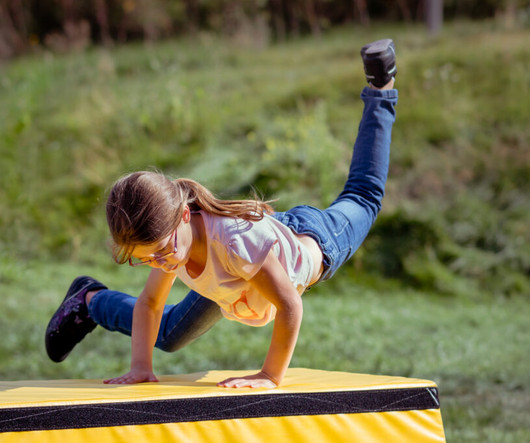So what is adapted physical education?
Arizona Health and Physical Education
FEBRUARY 3, 2023
When developing an IEP, regular PE would be the first consideration. If necessary, the team would next consider regular PE with accommodations or modifications to the curriculum and/or performance expectations. standard deviation points away from the mean on the Test of Gross Motor Development (TGMD-2). 1402 (25)].











Let's personalize your content